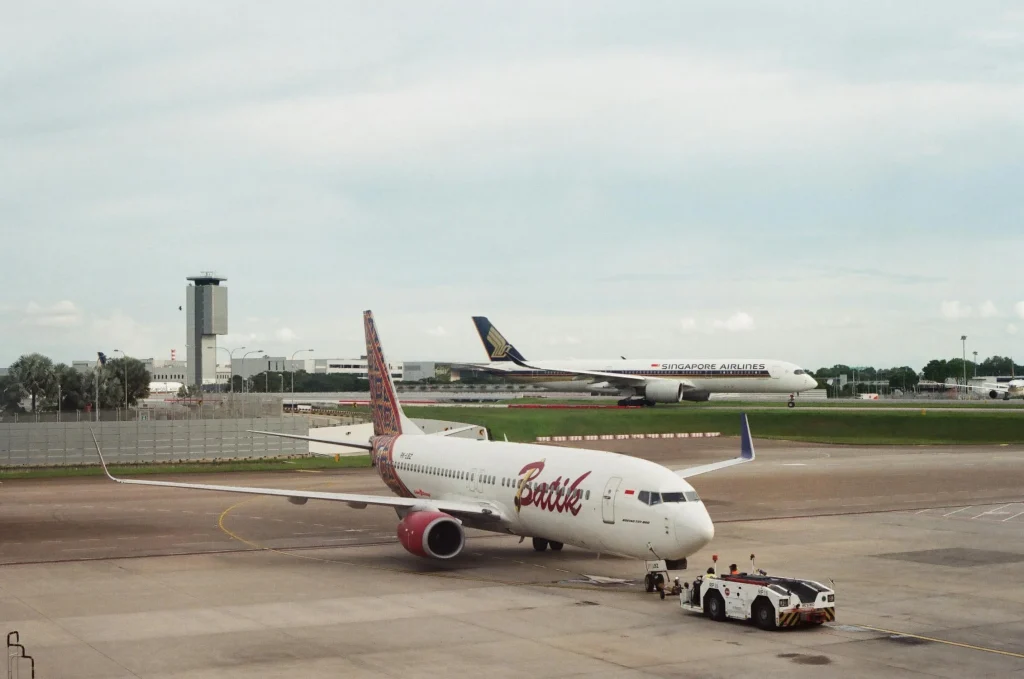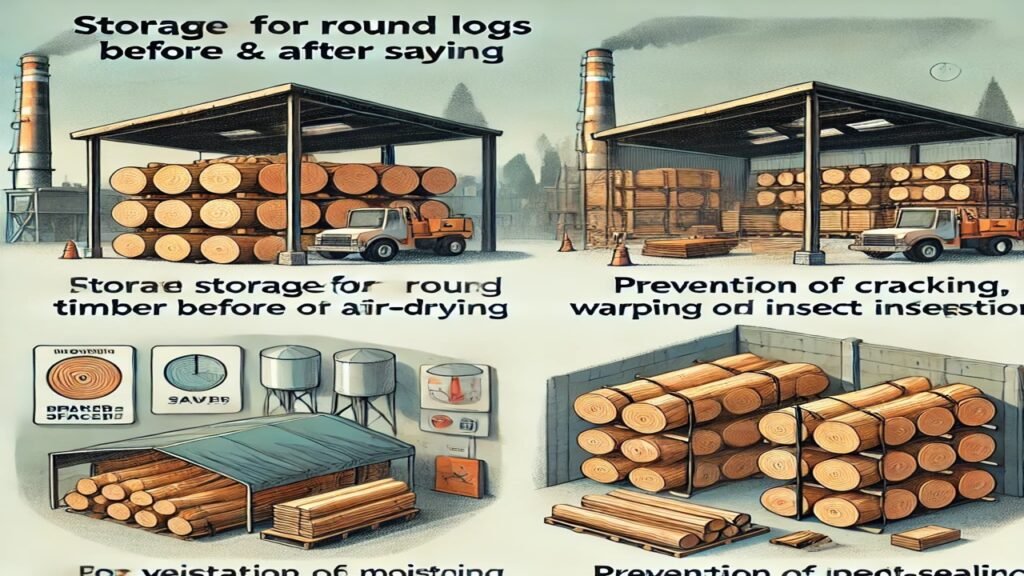In the hectic and complicated world of aviation, where every second counts and safety is of the utmost importance, there is a character behind the scenes that never gets much attention but is nonetheless extremely important: the aircraft tug. Although airplanes are the focus of attention, tugs are the ones who put in the most effort to guarantee that activities on the ground are carried out without a hitch. This blog looks into a myriad of ways in which these seemingly insignificant vehicles make a substantial contribution to the effectiveness and safety of aviation activities.
Ground Movement Expertise
Tugs are responsible for acting as the directing hand for aircraft movement on the ground. You need a reliable force that assists in the precise positioning of aircraft, whether it is maneuvering through crowded airports, taxiing to the runway, or parking at the gate. If you are looking for a reliable manufacturer of tugs, Eagle has been producing the most dependable tugs for a long time. For instance, eagle tugs can contribute to an aircraft’s sophisticated maneuvering capabilities not only to prevent crashes but also to optimize the flow of ground traffic, which ultimately leads to an increase in operational efficiency across airports anywhere in the world.
Pushback Precision
When it comes to pushback operations, which involve maneuvering an airplane away from the terminal gate, the experience of tug operators is quite important. Pushback procedures are quite sensitive. Considering various elements, including the conditions of the wind, other ground traffic, and space restrictions, tugs carefully maneuver aircraft into position for taxiing. This process requires a high level of skill and precision. This streamlined pushback procedure is essential for ensuring that aircraft schedules are followed on time and maximizing gate utilization, particularly in extremely busy airport hubs.
Supporting Maintenance Endeavors
Not only do tugs play an important part in day-to-day operations, but they are also integral partners in the process of aircraft maintenance. It assists in transporting aircraft to maintenance hangars to facilitate routine inspections, repairs, and overhauls. Tuggers, which are fitted with specialized attachments, make it easier to transfer large aircraft components, ensuring that maintenance is performed promptly and effectively. As a result of this cooperative effort between tug operators and maintenance staff, aircraft downtime is reduced to a minimum, and high safety standards are maintained.
Handling Disabled Aircraft
The ability of tugs to promptly tow disabled aircraft to authorized places for inspection and repair allows them to save lives in the event of a technical failure or an emergency. As a result of their rapid response and agile maneuvering, they can clear stranded aircraft from active taxiways or runways, preventing possible hazards and guaranteeing that airport operations continue without interruption. When it comes to minimizing disturbances and ensuring overall safety, tugs that are equipped with powerful tugging capabilities are the unsung heroes.
Gate Clearance Optimization
It is necessary to achieve optimal gate clearance to avoid any disruptions in the flow of aircraft throughout airport terminals. Tugs are an essential component of this operation, as they are responsible for painstakingly positioning airplanes into various locations at the gate. Tugs make gate operations more efficient since they ensure sufficient clearance for passenger boarding bridges, ground support equipment, and aircraft that are nearby. The fast turnaround of flights is a direct result of this thorough attention to detail, which in turn adds to increased customer happiness and increased revenue for airlines.
Fuel Efficiency Advantages
The utilization of tugs to facilitate efficient ground handling operations results in concrete benefits for the enhancement of fuel efficiency in the aviation industry. Through the optimization of taxi routes and the reduction of excessive engine runtimes, tugs contribute to the reduction of fuel consumption and emissions that are linked with ground operations. Furthermore, the strategic positioning of aircraft for takeoff configurations that it employs further improves fuel consumption efficiency during flight operations. This environmentally conscientious strategy is in line with the aviation sector is efforts to reduce the carbon footprint of activities and encourage sustainable practices.
Conclusion
In the complex web of aviation operations, tugs stand out as unsung heroes, working tirelessly to ensure that planes can land without any disruptions. Their numerous contributions are essential to air travel’s effectiveness, safety, and long-term viability. These contributions include the facilitation of pushback maneuvers, the support of maintenance activities, and the optimization of gate operations. The significance of tugs as silent yet vital partners in the ever-changing world of flight is highlighted by the fact that their duty continues to be of the utmost importance despite the ongoing modifications to aviation.
Michael C Vang is a passionate blogger. He has been blogging since 2013 on a variety of topics. He is committed to creating informative and engaging content that helps readers learn more about everything.



